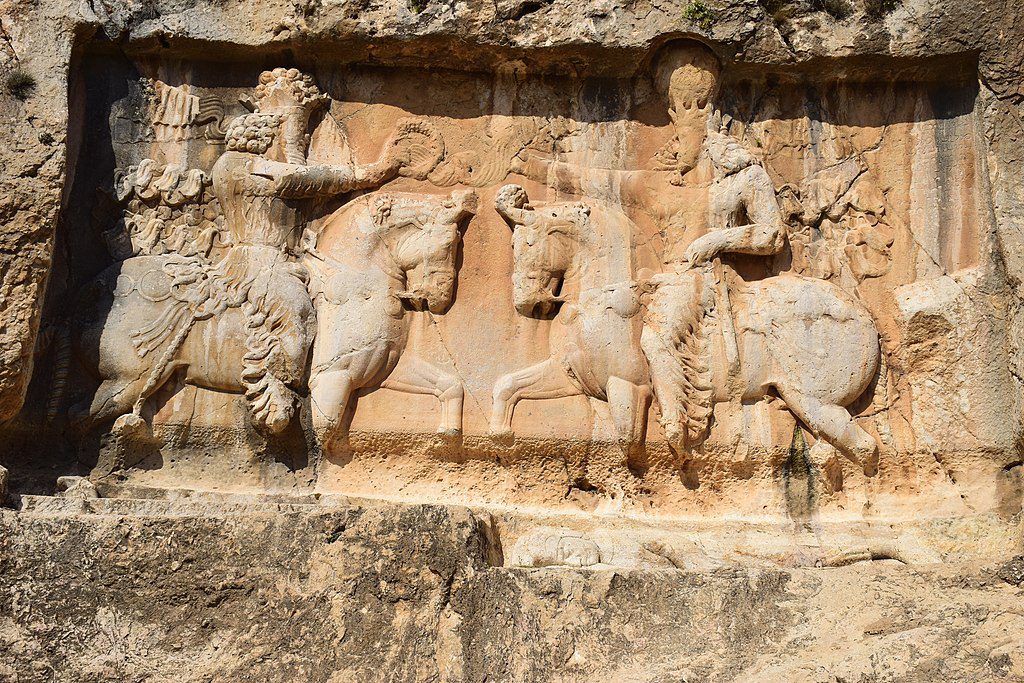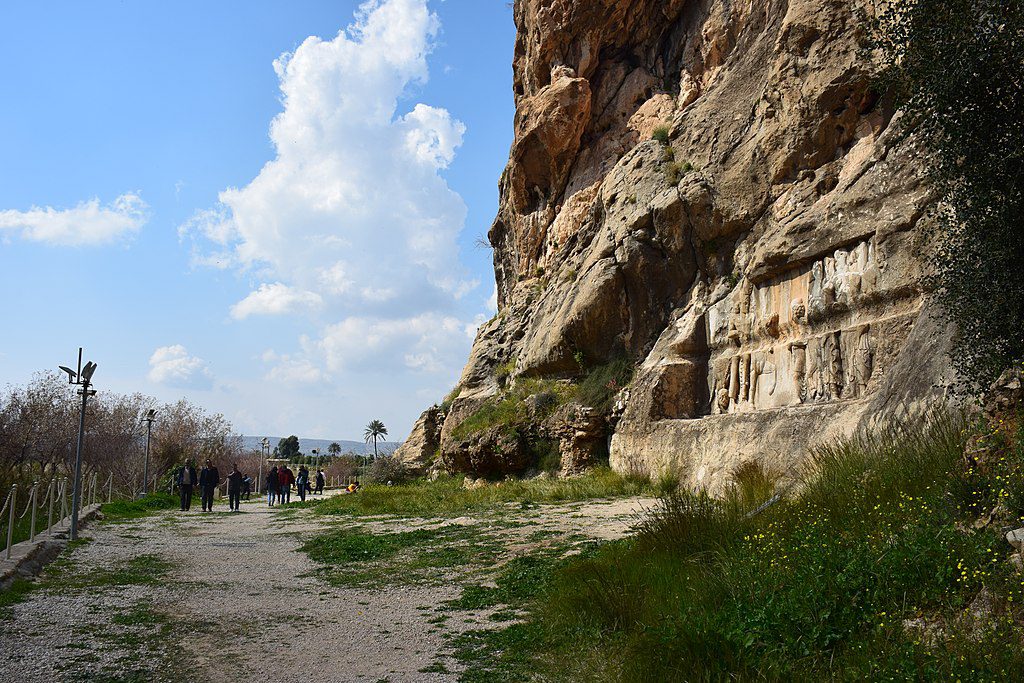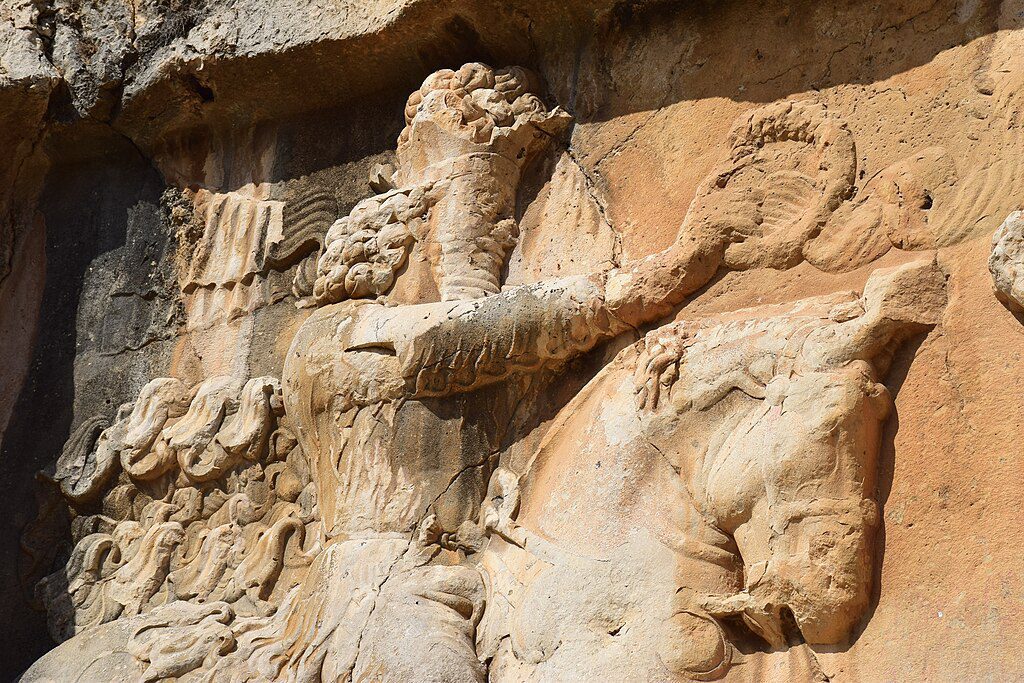Table of Contents
Welcome to our comprehensive guide to Tang-e Chogan, a remarkable historical site that offers a captivating glimpse into the ancient world. In this article, we will take you on a journey through time, delving into the rich history, architectural marvels, and cultural significance of this extraordinary place. Prepare to be enthralled as we unravel the mysteries and allure of Tang-e Chogan.
Unveiling Tang-e Chogan: An Overview
Tang-e Chogan, located in the mesmerizing region of Bishapur, is an archaeological site in southwestern Iran. Nestled amidst the picturesque Zagros Mountains, this site boasts a plethora of historical wonders waiting to be explored. Its name, derived from the Persian words “tang” meaning narrow and “chogan” referring to a polo-like game, aptly captures the essence of its natural surroundings.
Ancient Origins and Historical Significance
Tang-e Chogan dates back to the Sasanian Empire, an influential Persian dynasty that reigned from the 3rd to 7th centuries CE. Built during the rule of King Shapur I, the site served as a recreational and ceremonial complex, reflecting the opulence and grandeur of the Sasanian era.

Architectural Marvels: Witnessing the Magnificence
At Tang-e Chogan, architectural marvels await at every turn, showcasing the ingenuity and craftsmanship of ancient builders. Let’s delve into some of the noteworthy structures found within this captivating site:
1. The Palace of Shapur I
The Palace of Shapur I stands as a testament to the power and grandeur of the Sasanian Empire. This imposing structure, constructed with precision and finesse, features intricate carvings, majestic columns, and elaborately decorated halls. It served as the residence and administrative center of the ruling monarch, providing a glimpse into the life of royalty during that era.

2. The Audience Hall
The Audience Hall, also known as the Apadana, was a place where the king would receive dignitaries, hold court, and make important decisions. This majestic hall, adorned with ornate reliefs and elegant stucco work, emanates an aura of regality and splendor. The meticulously crafted designs depict scenes from royal ceremonies, battles, and legendary tales.
3. The Cisterns
Tang-e Chogan boasts an impressive network of cisterns that once served as a vital water supply for the site. These underground reservoirs, ingeniously constructed to collect and store rainwater, highlight the advanced engineering skills of the Sasanians. The intricate system of channels and tunnels ensured a steady and reliable water source for the entire complex.
Cultural Significance: A Window into the Past
Tang-e Chogan not only offers a glimpse into ancient architectural techniques but also provides valuable insights into the social and cultural aspects of the Sasanian Empire. The intricate reliefs and artwork found within the site depict scenes of daily life, religious rituals, and historical events. They provide a fascinating window into the beliefs, traditions, and aspirations of the people who once inhabited this land.
Preserving Tang-e Chogan: The Importance of Conservation
Preserving Tang-e Chogan is of utmost importance to ensure that future generations can appreciate and learn from this historical treasure. Efforts have been made to safeguard the site, including ongoing archaeological excavations, structural repairs, and implementing measures to prevent natural deterioration. These conservation initiatives ensure that Tang-e Chogan continues to serve as a testament to human ingenuity and an invaluable educational resource.
Visit Tang-e Chogan: Immerse Yourself in History
Are you ready to immerse yourself in the captivating history of Tang-e Chogan? Plan your visit and get ready for an unforgettable journey through time. Here are some essential details and tips to make your experience truly remarkable:
Location and Accessibility
Tang-e Chogan is conveniently located in the Bishapur region of southwestern Iran. The site is easily accessible by road, and there are various transportation options available to reach this historical gem. Whether you choose to hire a private car or join a guided tour, the journey to Tang-e Chogan promises scenic vistas and a sense of anticipation.
Opening Hours and Tickets
Before embarking on your adventure, it’s important to note the site’s opening hours and ticket information. Tang-e Chogan typically welcomes visitors from 8 AM. To explore this extraordinary place, you can purchase tickets either online or at the entrance. Remember to check for any seasonal variations in timings and plan accordingly.
Guided Tours and Local Expertise
To enhance your understanding of Tang-e Chogan’s historical significance, consider joining a guided tour. Local experts, well-versed in the site’s history and intricacies, can provide valuable insights and ensure you don’t miss any hidden gems. Their expertise will bring the ancient structures to life, making your visit an educational and immersive experience.
Understanding the Symbolism: Reliefs and Artwork
The reliefs and artwork found within Tang-e Chogan hold deep symbolic meaning and offer a glimpse into the cultural tapestry of the Sasanian Empire. Take a moment to study the intricately carved scenes, as they portray historical events, mythical narratives, and aspects of everyday life. These depictions serve as windows into the beliefs, values, and artistic expressions of the people who once thrived in this ancient civilization.
Capture Memories and Share the Experience
Don’t forget to bring your camera or smartphone to capture the breathtaking beauty of Tang-e Chogan. The stunning architectural details, majestic landscapes, and mesmerizing vistas are perfect subjects for unforgettable photographs. Share your experiences on social media, inspiring others to embark on their own explorations of this historical treasure.
Frequently Asked Questions about Tang-e Chogan
Q: Where is Tang-e Chogan located?
A: Tang-e Chogan is located in the Bishapur region of southwestern Iran, nestled within the scenic Zagros Mountains.
Q: What is the meaning behind the name “Tang-e Chogan”?
A: The name “Tang-e Chogan” is derived from Persian words. “Tang” means narrow, and “chogan” refers to a polo-like game. The name reflects the narrow valley where the archaeological site is situated and its connection to the ancient game of polo.
Q: What can visitors expect to see at Tang-e Chogan?
A: Tang-e Chogan is an archaeological site offering various historical wonders. Visitors can explore ancient reliefs and rock carvings, including scenes of hunting, battles, and royal processions. There are also remains of an ancient bridge, a palace, and a fire temple.
Q: Are there any specific highlights or notable features at Tang-e Chogan?
A: One of the notable features of Tang-e Chogan is the impressive bas-relief of the investiture scene of Ardeshir I, the founder of the Sassanian Empire. This bas-relief depicts him receiving a ring from Ahura Mazda, the Zoroastrian god. Additionally, the ancient bridge over the river is another significant highlight.
Q: What is the historical significance of Tang-e Chogan?
A: Tang-e Chogan holds historical importance as it was a part of the Sassanian Empire, a prominent Persian dynasty that ruled from the 3rd to the 7th century AD. It served as a ceremonial and leisure center for the kings and nobles, offering recreational activities like hunting and polo.
Q: Can visitors access Tang-e Chogan easily?
A: Tang-e Chogan is accessible to visitors, but it requires some effort to reach the site due to its remote location in the Zagros Mountains. It is recommended to hire a guide or join a tour to ensure a smooth visit.
Q: Are there any other attractions or sites of interest near Tang-e Chogan?
A: Yes, there are other attractions in the vicinity of Tang-e Chogan. Bishapur, the nearest town, offers its own archaeological sites, including the ancient city ruins and the Anahita Temple. The nearby Tang-e Boraq Gorge is also worth visiting for its natural beauty.
Q: Is there any specific advice for visitors planning a trip to Tang-e Chogan?
A: It is advisable to plan your visit to Tang-e Chogan with proper arrangements in advance. Make sure to carry water, sun protection, and comfortable shoes for exploring the site. Hiring a guide or joining a tour can enhance your experience and provide valuable insights into the historical significance of the area.
